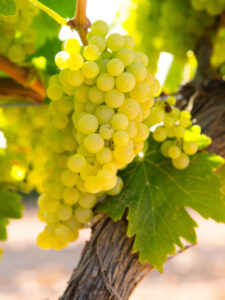Grape and wine research and development entered a new phase in the late 1990s. Through systematic research and improved practices, faults and taints in wine were understood and often eliminated with mitigation strategies. The focus now shifts towards enhancing wine quality rather than solely addressing negative factors.
This project built upon existing grapevine genome sequencing studies to inform clonal breeding programs and vineyard management practices. Specifically targeting the Chardonnay cultivar, the project sequenced the 10 most common clones, enabling a comparative genome study.
Led by Dr. Daniel Johnson from the Australian Wine Research Institute (AWRI) in collaboration with Genome British Columbia (GBC), the project is jointly funded by GBC. By providing comprehensive data on one common cultivar, the project aimed to elucidate the genetic basis for phenotypic differences between clones. This initiative brought significant industry benefits to both Australia and Canada, given the importance of Chardonnay crops in both countries.

